
Greater Bamboo Lemur (scientific name: Prolemur simus) is a monotypic species of the genus Prolemur, with only about 140 individuals remaining.Greater Bamboo Lemur specializes in eating bamboo, a feature that is extremely unusual among mammals. Almost 98% of the diet is provided by this low-energy f...

The Greater Bamboo Lemur (scientific name: Hapalemur simus) is the largest lemur in the genus Hapalemur.The natural forests of Madagascar's 25 bamboo species are all less than 20,000 square kilometers, and as many as 10 bamboo species have natural forests less than 2,000 square kilometers. The p...
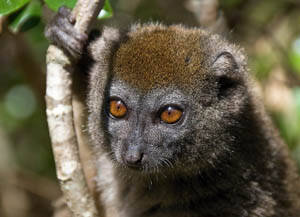
The Sanhe tame lemur (scientific name: Hapalemur occidentalis) lives in tropical rainforests or dry forests or shrubs. Some live in bamboo forests, reed areas or forestless mountains. They are active during the day or at night, eating insects, fruits, reeds, leaves, and occasionally birds. They live...
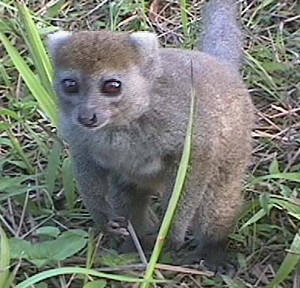
The scientific name of the gray lemur is Hapalemur griseus, and its foreign names are Alaotran Gentle Lemur and Alaotra Reed Lemur. There are three subspecies.Although the gray lemur's body shape and hand and foot structure are like monkeys, its face is like a fox and a dog. Mostly active in the...

Golden Bamboo Lemur (scientific name: Hapalemur aureus) is a small lemur.Golden Bamboo Lemurs live in groups, with 2-6 members, usually 3 or 4, including a pair of adult lemurs, several sub-adult lemurs and lemur cubs. They live in a rainforest with dense bamboos and are active by nature, moving an...
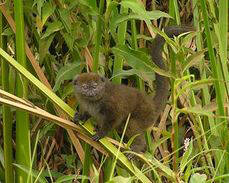
The Alaotra Lake tame lemur (scientific name: Hapalemur alaotrensis) is listed as "critically endangered" on the IUCN Red List of Threatened Species. There are only two separate populations of this species left in the wild, with a population of less than 3,000, living in the 19,000-hectare...
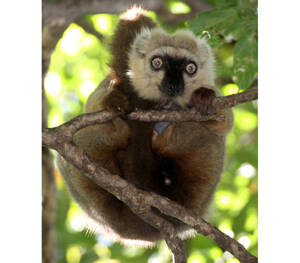
Sanford's Brown Lemur (scientific name: Eulemur sanfordi) is called Sanford's Brown Lemur in foreign language. It has no subspecies and is a medium-sized lemur.Sanford's Brown Lemur is active at different times throughout the day and night. It is gregarious, but the group is not fixed. U...
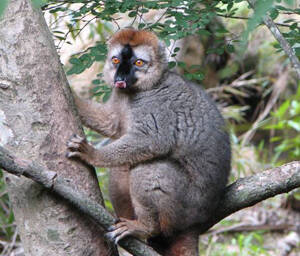
Red Brown Lemur (scientific name: Eulemur rufus) lives in small groups, usually 8-10 individuals. Although the body shape and limb structure of lemurs are similar to monkeys, their faces are similar to those of foxes and dogs. They like to bask in the sun because they are afraid of the cold. When ba...
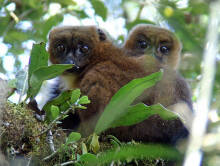
Red-bellied Lemur (scientific name: Eulemur rubriventer) is called Red-bellied Lemur in foreign language. It has no subspecies and is one of the rarest species of the genus Eulemur.Red-bellied Lemur lives in various forests and is active at different times throughout the day and night. They live in...
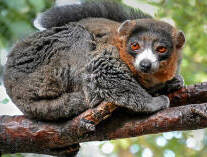
Mongoose Lemur (scientific name: Eulemur mongoz) is called Mongoose Lemur in foreign language. It has no subspecies and is a medium-sized lemur.The activity pattern of the Eulemur mongoz changes with the seasons, making it very different from most other primates. Behavior varies greatly throughout t...
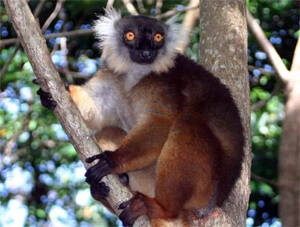
Black Lemur (scientific name: Eulemur macaco) is mainly found in the humid tropical rainforests of Madagascar, and some prefer to live in dry areas. They live in groups of 7-10, led by older females. They have a sense of territory and are aggressive. They mainly feed on fruits, pollen, and nectar. W...
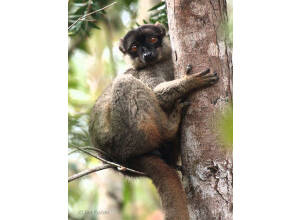
Brown Lemur (scientific name: Eulemur fulvus) is a medium-sized lemur.Brown Lemur is active at different times throughout the day and night. It lives in groups, but the groups are not fixed. Usually there are 3 to 12 individuals in a group, sometimes 9-12 together. Each individual smears urine on th...
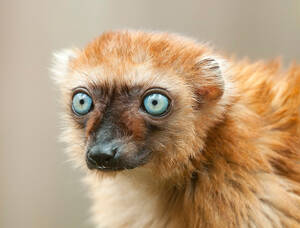
Blue-eyed Black Lemur (scientific name: Eulemur flavifrons) is known as Blue-eyed Black Lemur in English. It was confirmed as an independent species in 2010.Blue-eyed Black Lemur was previously considered a subspecies of Black Lemur. All its scientific names used to be Eulemur macaco subspecies flav...
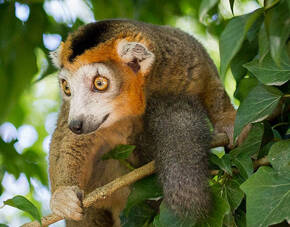
Crowned Lemur (scientific name: Eulemur coronatus) is the smallest species in the genus.Crowned Lemurs live in groups, but the groups are not fixed. Usually the group is 5 to 15 individuals, sometimes 9-12 together. Each individual smears urine on its body for scent identification. Territories overl...
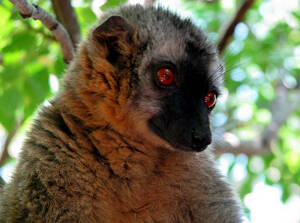
The Red-collared Lemur (scientific name: Eulemur collaris) is also known as Collared Brown Lemur in English. It is a medium-sized lemur.The Red-collared Lemur lives in small groups of 3 to 12, and a large group of up to 29 individuals has been found. Active at different times throughout the day and...
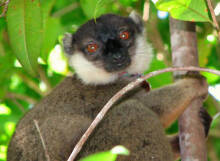
White-collared Brown Lemur (scientific name: Eulemur cinereiceps) is also known as White-collared Brown Lemur. It is active during the day or at night, eating insects, fruits, reeds, leaves, and occasionally birds. It lives alone or in family groups. It hibernates. Females reproduce in June and July...
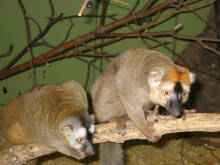
White-collared Lemur (scientific name: Eulemur albocollaris) is also known as White-collared Lemur. It was once a subspecies of brown lemur and was confirmed as an independent species in 2008.White-collared Lemur is active at different times throughout the day and night. It is gregarious, but the gr...

The white-fronted lemur (scientific name: Eulemur albifrons) is a medium-sized lemur. It was once a subspecies of the brown lemur (Eulemur fulvus) and was established as an independent species in 2001.White-headed lemurs are active at different times throughout the day and night. They live in groups...
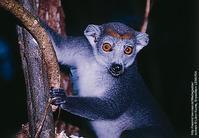
Phaner furcifer, scientific name, is a possible new lemur species, according to Conservation International. Little is known about the species, although Conservation International experts suspect it is likely endangered due to habitat loss.The forked-spotted mouse lemur feeds on the resin of temperat...
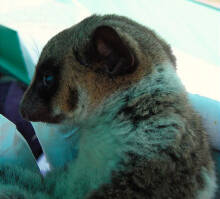
Sibree's Dwarf Lemur (scientific name: Cheirogaleus sibreei) is active during the day or at night, eating insects, fruits, reeds, leaves, and occasionally birds. It lives alone or in family groups. It hibernates. The gestation period is 120-150 days, and it gives birth from September to November...